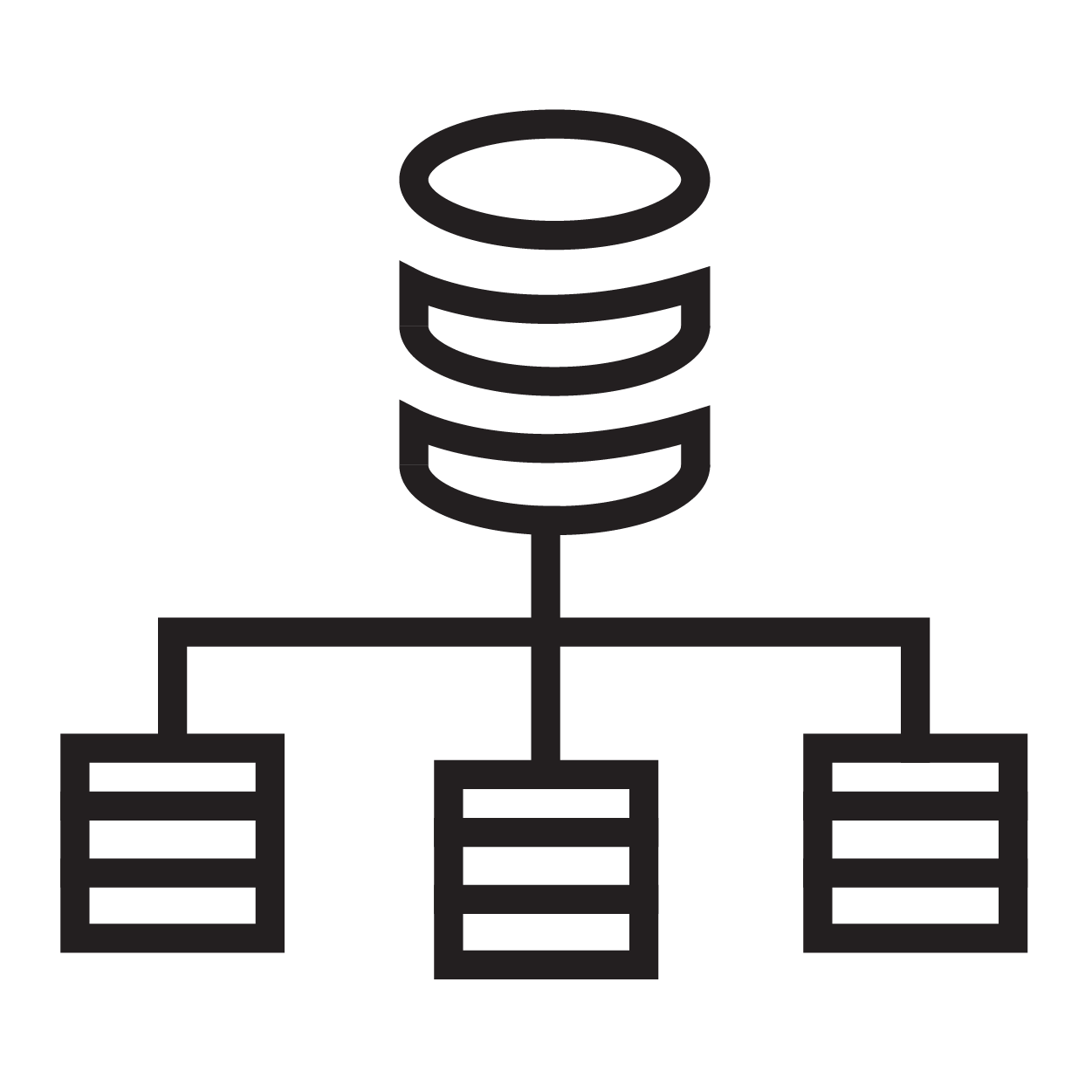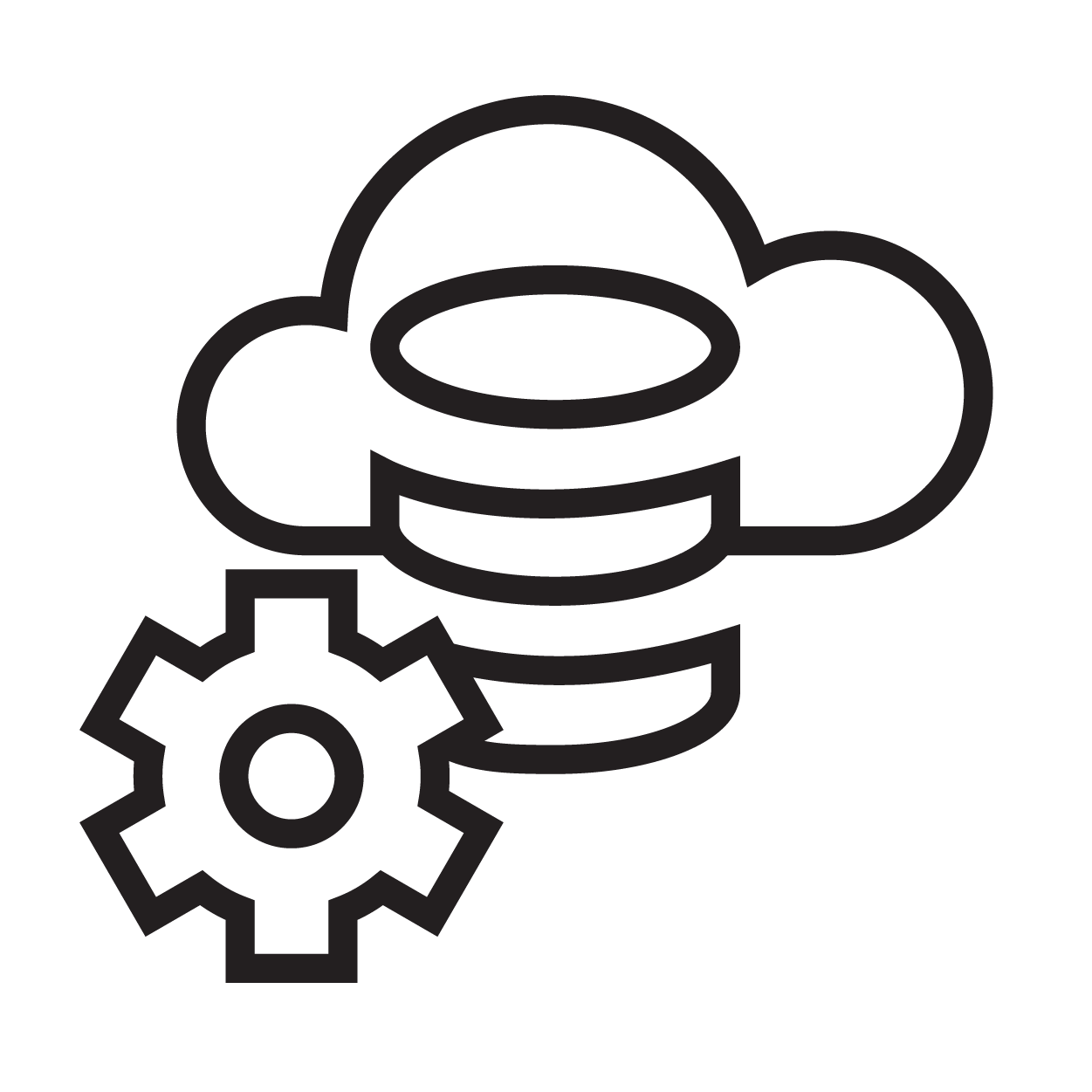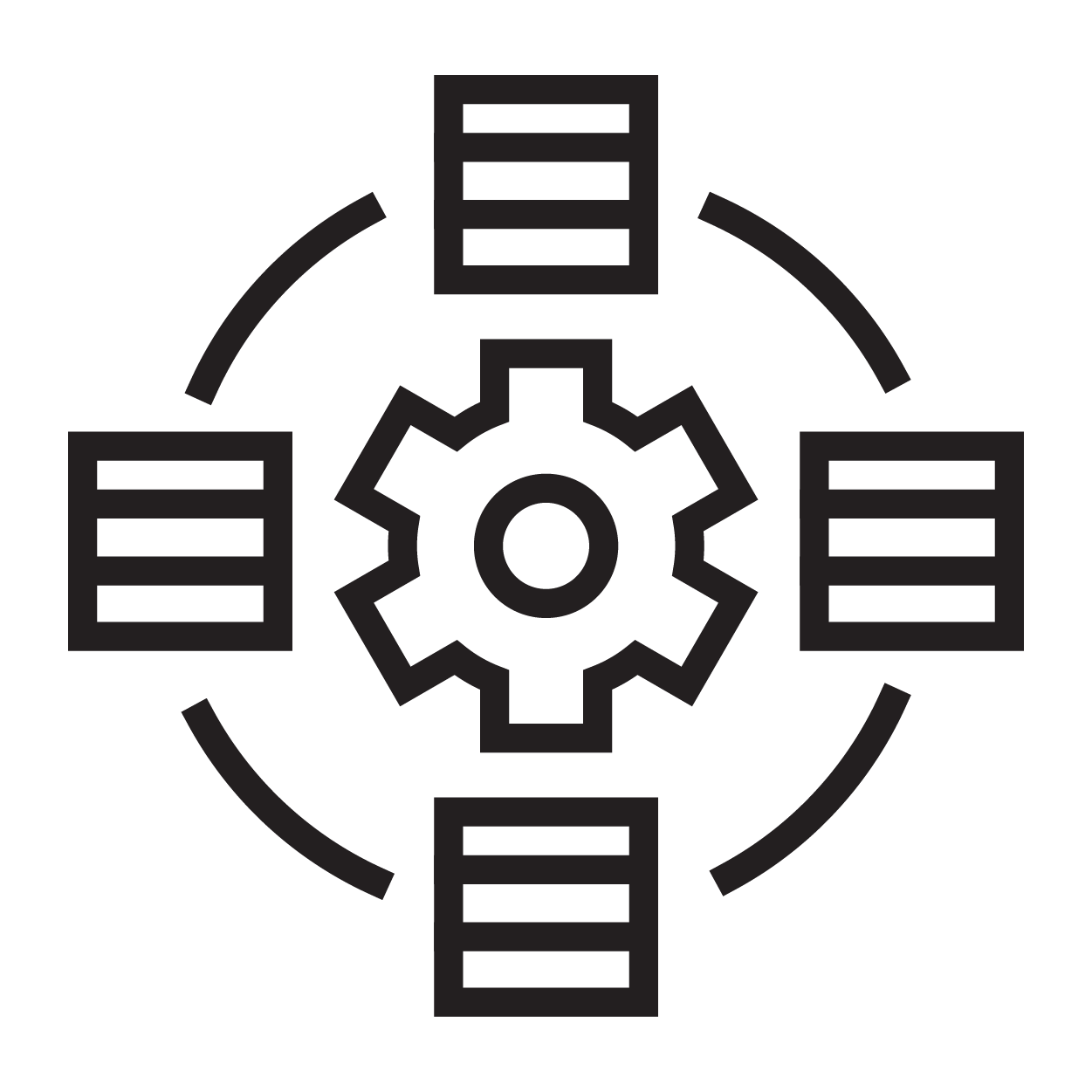Big Data and Data Engineering
Services
Our Big Data and Data Engineering services

Data architecture
A modern data architecture is designed to mold your organization needs. Its blueprint describes how to integrate data as an asset in the Enterprise data ecosystem and manage it precisely to serve the goals and objectives. Cloud cutting-edge technologies have disrupted the way organizations take advantage of their data to meet today’s need for speed, flexibility, scalability, security and innovation.
We help design a plan to integrate, secure, maintain and map your data architecture to access the right data, at the right place, at the right time.

Data preparation and integration
Numerous surveys have shown that data preparation still dominate Data Scientist time. Wouldn’t it be great if they could instead focus on data modelling to solve complex problems? Our Data Engineers are here to lift this whole data preparation and integration burden from their shoulders.
We build robust data pipelines that collect, transform, validate and load data into the right shape and form as usable information for data scientists and business analysts.

data management & cataloging
Data Management is the ongoing set of best-practices to manage the data flowing through the Enterprise data ecosystem. Due to the nature of Big Data, robust data management is the way for sustainably obtain, access, integrate, process, govern and store high-quality data for all analytics-based initiatives.
Data Cataloging helps building a trust and centralized dictionary of knowledge about the data you contain in your data ecosystem.

technology & tools
Adaptability enables agility in organizations. The world of data keeps changing and evolving as much as tools and technologies developed to leverage them. In the past few years, we have seen tremendous changes going on in the data stack of organizations. (e.g. shift from on-premises to the cloud, no-to-low-code analytics tool, self-service BI and more).
Based on your Data, Analytics, Engineering needs, we help you evaluate the best technologies and tools to fit your data-stack.

Bad Data !
The success of your data project is only as good as the data you use.
How is your Data Ecosystem Mapping?
Robust data architecture and data engineering practices are stepping stones for data-driven organizations to develop a strong Data Foundation.
The 5 W’s helps organizations design or review their data mapping. (What, where, when, who and why)
What data do you have?
Understand your Data. Knowledge of your data give substance and directions to your analytics-based initiatives. Data serve your business and not the opposite. Determine the data that needs to be acquired.
What are their data types (e.g. structured vs unstructured, audio/video, texts,…). Where do they come from (e.g. internal vs external data, social media, payment system,…). What are they about (e.g. transactions, web clickstream, metadata,…).
When does your data need to archived/deleted?
How is your organization’s data retention policy in place? All types of data cannot/shouldn’t be retained indefinitely for compliance and regulatory reasons. Big Data is everywhere, volatile and change faster than ever. Does all bytes of data captured are still accurate and up-to-date enough to make sense to your business-decisions making?
Most Cloud providers offer the service to define and apply retention policies to delete, archive or simply move to secondary or tertiary storage.
Where is the data stored?
In the Cloud and/or on-premises? In a data lake, databases or data warehouses? Accessible through second/third-party data platform?
Understand where your data is stored is a crucial information, namely for compliance, security and for all analytics-based initiatives. Fast data access enables organizations to respond better and quicker to change and accelerate productivity.
Who is responsible for the data?
The Cloud Shared Responsibility Model denotes that Cloud Providers take responsibility for the security « of » the cloud, while their customers are responsible for the security « in » the cloud.
This distinction, rather primordial, highlights the need for organizations to define roles and entitle responsibilities for data governance and management and security reasons.
Who/which team(s) in the organization is responsible for what data? Answer to this will ensure transparency, security through appropriate governance. Besides that, it is a must to follow GDPR-compliance to identify both the controller and processor of all stored data.
Why are you keeping it?
The 3 V’s of Big Data (Volume, Velocity, Variety) make the line between a Data Lake and a Data Swamp very thin. To avoid the latter, ensure proper governance and identify potential purposes that the data could fulfill.
Data is a rich asset to your organization, yet without proper governance it can quickly overwhelm/pollute your data ecosystem as a « catch-all data » with unnecessary, outdated or inaccurate data. The « Data Lake fallacy » stem from the easiness in dumping any-type-of-data in the Lake without clear goal in mind.
You found data in your Enterprise ecosystem or are willing to collect new data but have no clue how to leverage it at all? Then, it’s probably time to review it.
